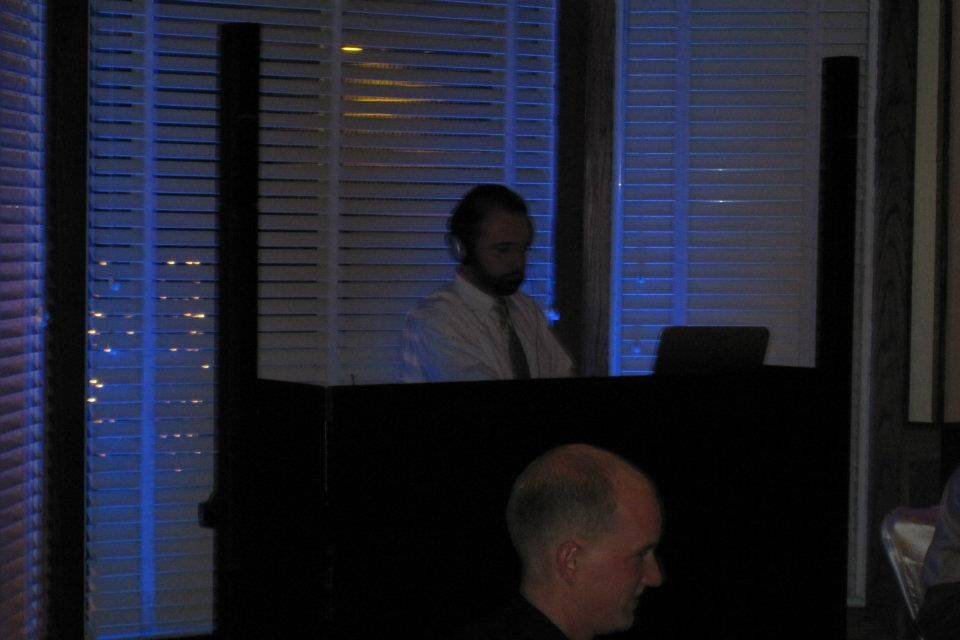Essential Strategies for Enhancing the Lifespan of The LED Wall
Wiki Article
Light Emitting Diode walls are growing increasingly widely used for various purposes, from advertising to entertainment. To guarantee that these displays function efficiently over time, it is crucial to implement strategies that maximize their durability. Understanding the elements that influence the durability of Light Emitting Diode walls can assist users maintain their functionality and prevent unnecessary replacements.
One of the main factors that can extend the durability of an LED screen is appropriate setup. It is crucial to have a professional crew handle the installation process to ensure all components are properly connected. Inadequate setup can lead to power issues or mechanical damage. Additionally, the placement of the LED screen should take into account environmental factors such as light exposure and humidity levels. A well-installed display in a suitable location will minimize the chance of damage caused by outside elements.

Regular upkeep is a further key tactic to prolong the life of an Light Emitting Diode screen. This includes routine inspections to monitor for any indicators of wear or malfunction. Dust and debris can build up on the top of the LED panels, affecting brightness and color quality. Wiping the screens with appropriate cleaners will assist keep optimal visibility. It is also essential to check the components behind the screen, ensuring that all connections are secure and that there are no overheating issues, which can greatly reduce the durability of the parts.
Power management plays a vital role in enhancing the lifespan of an Light Emitting Diode screen. Excess voltage or fluctuating power supply can harm the inner circuitry. To prevent this, using a high-quality electric supply and putting in place surge protection measures is advisable. Additionally, setting the display to operate at reduced luminosity levels when intense luminosity is not required can lessen stress on the LEDs. This not only extends the lifespan of the wall but also conserves energy, making it a cost-effective choice.
In addition, program control can affect the functionality of Light Emitting Diode screens. Consistently refreshing the program that controls the display ensures that it operates efficiently and includes any essential safety patches. Old program can result in performance issues and may expose the system to vulnerabilities. Proper scheduling of content can also help in managing the workload of the display, allowing it to rest during non-peak hours, which can contribute to a longer lifespan.
In conclusion, extending the durability of an LED wall involves a mix of proper installation, routine maintenance, efficient electric management, and diligent software management. By concentrating on these essential strategies, operators can ensure that their LED screens remain functional and aesthetically appealing for many customized led wall shapes seasons. Taking proactive steps will not only improve the functionality of the LED screen but also offer a better yield on cost over time.